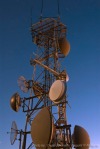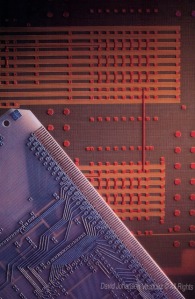Multimedia eLearning program by: David A. Johanson © All Rights
The author is a multimedia photographer, CTE instructor and a former Boeing scientific photographer. For an alternative graphic view of this program, please visit: https://bigpictureone.wordpress.com
“Learning is the Fountain of Youth, drink knowledge and stay young.” — DAJ
As an instructor in Career Technical Education, I’m continually developing eLearning, multimedia presentations, which help illuminate a spectrum of career and technical subjects. Finding and sharing new learning strategies, that are inspired from evidence based, neuroimaging and brain-mapping studies, is a dynamic process to help assist individuals in reaching their full learning potential. 
Brain-based learning is a spectrum of teaching strategies, which uses neuroscience research on how the brain functions in achieving ideal development and potential.
Through evidence of how the brain learns, best practices are emerging that help accelerate individual learning performance. Cognitive science indicates emotional engagement is crucial for learning, regardless of the age of a student. Harnessing focussed attention forms the foundation for developing learning strategies.
On April 2, 2013, the Obama administration introduced The Brain Initiative (Brain Research through Advancing Innovative Neurotechnologies). Also known as the Brain Activity Map Project, its goal is to map the activity of every neuron in the human brain. Due to the accelerated advances in neuroscience, we can utilize this knowledge to better understand the dynamics and potential of the human brain.
Structural Changes In The Brain Enhances Learning
According to the author, M.D. Judy Will’s, book titled, Research-Based Strategies to Ignite Student Learning — two decades of advances in neuroscience technology have documented evidence-based, neuroimaging to determine the most effective ways to learn. Leading universities and world-class research centers are charting the dynamic frontier of how the brain retains and access learned content.
Apparently, specific structural changes in the brain enhances learning or storage and retrieval of content. The anatomy of the brain includes components known as lobes that perform various cognitive functions and are connected through neuro pathways. These connecting circuits within the cerebrum are composed of cells, which can grow, due to learning activities.
Neurons, are nerve cells where information is stored, they use synapses as a junction to transfer signals to other neurons. The networks of neurons are connected by extension, of cells, know as dendrites. Dendrites are used to transfer information similar to wires or cables within a computer that function to transfer data. Numbers and size of dendrites increase when activated by a variety of learning experiences.
The brain’s plasticity is remarkably flexible in its ability to allow dendrites to reform and reorganize its networks of neurons. These pathways of dendrite-neurons are capable of decrease or robust increase, depending on the use of sensory activities, initiated by external auditory, visual or motor stimulus (multisensory). Various regions of the brain, will respond more actively, depending on the particular type sensory input. This is why various learning activities, which uses multi-mode sensory stimulus can enhance memory retention and promote overall learning performance. 
Using brain-mapping procedures, researchers have determined active regions of the brain where a person process specific types of information. In addition, neuroscientist can see how this data is more efficiently used by other components of the brain.
Increased Variations Of Memory Pathways, Accelerates Retention of Knowledge And Skills
Research indicates, by using multiple pathways for sensory stimulus, increases the number and size of dendrites, therefore, the brain’s plasticity allows for enhanced neuron networks. In conclusion, the more sensory inputs a learner can use to acquire information, the greater opportunity for an individual to recall that specific content.
The brain has a great redundancy of neuron networks or pathways, so much so, that inactive neuro pathways are removed in a process termed as pruning. Throughout the life of an individual, the brain uses this pruning process to allow for more efficiency. Consequently, the neuron networks, which when used more frequently, are enhanced in thickness and performance.
A Key For Developing More Brain Connections
Enhancing stronger neuro circuits and creating more connections to improve learning is the goal of brain-based teaching.
When a learner experiences and reviews visual content, neuro networks are enhanced connecting to the posterior lobes region of the brain, which is responsible for processing optical stimulus. Accordingly, when a student hears the corresponding instruction, audio input is channeled using neuro pathways to the brain’s temporal lobes that process auditory signals. This redundancy of information ensures the brain will increase the likelihood of recalled content, due to interconnectivity components of the brain. 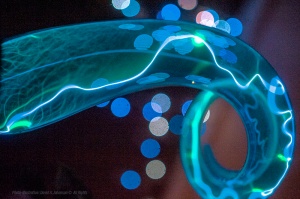
.
.
Event memories, are classified as recollections, with emotional magnitude associated with them. An occurrence of a dramatic event creates a strong sensory input that intensely uses neural pathways to store memories in the limbic system. The retention of shared content in another region of the brain enhances the opportunity of memory recall. An increase in the extent of sensory inputs, means more channels to actively retrieve content from stored memories.
Most people can easily recall events taking place years in the past, through experiencing a form of nostalgia. The smell of grass clippings may bring back thoughts of a long-lost summer day — hearing a song can trigger vivid memories through the limbic system’s powerful use of sensory input. 
Facilitators who use a variety of instructional media to demonstrate the same subject matter, will increase the opportunity for learners to comprehend and retain that content. Again, by engaging a diversity of neural pathways, facilitates connecting to more stimulus processing regions of the brain. Similar to computers, the brain’s increase use of processing resources allows for quicker retrieval and storage of data.
Developing Learning Activities, Which Build Upon Students’ Existing Experiences, Ensures Greater Success
Any learning activity that actively personalizes a learners’ involvement in the process, will increase memory retention and meaning of the content. Also, a teacher or instructor should utilize surprise or uniqueness in the presentation of content, so as to capture the attention and focus of a student.

Craig DeVine, CTE instructor, working with students enrolled in Mountlake Terrace HS’s, STEM Magnet School.
In fact, effective teachers and instructors have intuitively used some of these brain-based instructional strategies, well before brain-mapping science was developed. Educators formally assessed the effectiveness of these methods through test results, however today, evidence-base neuroimaging is confirming the scientific reason for the learning success.
Here are some brain-based activities for students to benefit from, by being personally involved with how they input the lesson or content.
I’ve had the opportunity to use “concept and mind mapping” as a student learning

This “word cloud” is a form of “concept or mind mapping” to enable better recall and to stimulate creative thinking.
activity, in the classroom for Career Technical Education courses. This personalized learning activity is effective for note taking and enhancing recall. By assessing test results and interviewing individual students on their comprehension of the content, this activity proved successful in achieving the assignment’s learning objective. This technique may not work for everyone, however, cognitive research has shown the great advantage of activating more regions of the mind to enhance neuron pathways for greater memory recall. Link for creating “word clouds” — http://www.wordle.net
Trends In ELearning Demand, Correlates With Neuroimaging Evidence Of Brain Based Learning Success
The Research Institute of America, recently published a study indicating eLearning increased information retention rates by 60 percent. A report produced by IBM, indicated companies using eLearning programs have the potential to increase productivity of up to 50 percent. Essentially, eLearning is a multimedia rich environment, which combines photographs, video, audio, graphics and text to produce an enriched educational experience. Corporate and post-secondary education is fueling a massive growth in eLearning. According to a leading market research firm, Global Industry Analysts forecast a $107 Billion investment, internationally, in eLearning programs by the end of 2015.
 “The meaning of ‘knowing’ has shifted to being able to remember and repeat information to being able to find and use it.” (National Research Council, 2007)
“The meaning of ‘knowing’ has shifted to being able to remember and repeat information to being able to find and use it.” (National Research Council, 2007)
ESL Teacher Resource — Practical Ways Brain-Based Research Apples To English As A Second Language (ESL) Learners
http://iteslj.org/Articles/Lombardi-BrainResearch.html
Links & Resources For Brain-Based Learning
http://www.whitehouse.gov/share/brain-initiative
http://www.livescience.com/41413-momentum-builds-for-obama-s-brain-initiative.html
http://www.brainbasedlearning.net/guiding-principles-for-brain-based-education/
http://www.edutopia.org/article/brain-based-learning-resource-roundup
http://www.funderstanding.com/theory/brain-based-learning/brain-based-learning/
http://www.sedl.org/scimath/compass/v03n02/brain.html#8
http://edglossary.org/brain-based-learning/
Links & Resources Brain-Based Best Practices
http://www.teyl.org/article13.html
http://files.eric.ed.gov/fulltext/ED510039.pdf
Links & Resources Forecasting Growth Of Multimedia eLearning
http://elearningindustry.com/top-10-e-learning-statistics-for-2014-you-need-to-know
http://www.ambientinsight.com/reports/elearning.aspx
Reviews Of Learning Sites Using Brain-Based Games & Techniques
http://www.businessinsider.com/do-lumosity-and-other-brain-training-games-work-2014-1
Links To Cognative Or Brain-Based Learning Sites – Often These Sites Offer Free Trials
——————
[contact-form][contact-field label="Name" type="name" class="GINGER_SOFATWARE_correct">/][contact-field label="Email" type="email" class="GINGER_SOFATWARE_correct">/][contact-field label="Website" class="GINGER_SOFATWARE_correct">/][contact-field label="Comment" type="textarea" class="GINGER_SOFATWARE_correct">/][/contact-form]










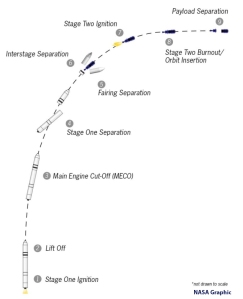





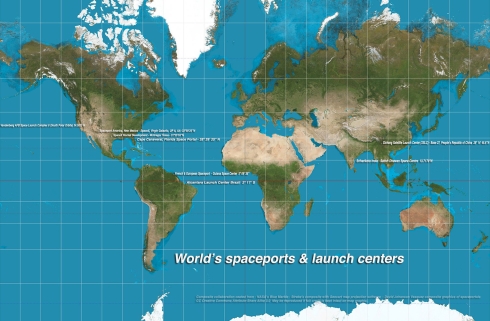









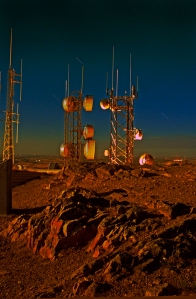









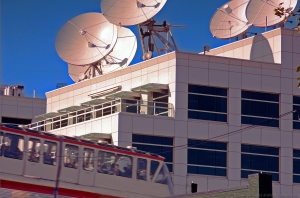











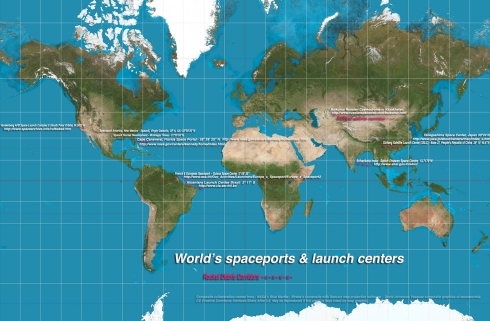



















 Radio astronomy’s powerful space exploratory telescope, was developed through research conducted by Karl Jansky in 1931. During this decade, Bell lab’s George Paget Thomson was awarded the Nobel Prize in physics for his discovery of electron diffraction, which was a key factor for solid-state.
Radio astronomy’s powerful space exploratory telescope, was developed through research conducted by Karl Jansky in 1931. During this decade, Bell lab’s George Paget Thomson was awarded the Nobel Prize in physics for his discovery of electron diffraction, which was a key factor for solid-state.


